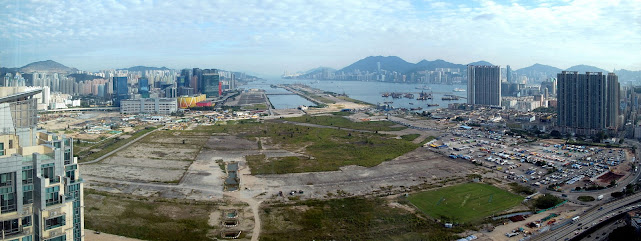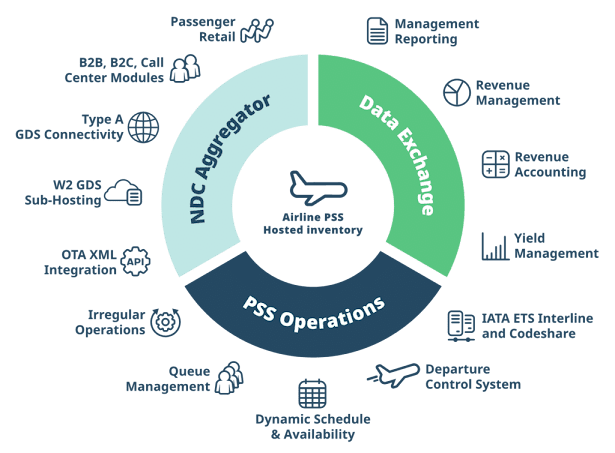King Khalid International Airport (RUH) or Riyadh Airport

King Khalid International Airport (RUH) or KKIA Airport IATA: RUH ICAO: OERK Airport Type: Public Owner: The Saudi General Authority of Civil Aviation (GACA) Location: Riyadh, Saudi Arabia Hub: Saudia, Flynas Elevation AMSL: 2,049 ft / 625 m Coordinates: 24°57′28″N 046°41′56″E King Khalid Internal Airport commonly known as Riyadh Airport. Riyadh is the capital city of The Kingdom of Saudi Arabia. It is situated in the central portions of both Saudi Arabia and the larger Arabian Peninsula. King Khalid International Airport was opened in 1983 in Riyadh City. It is located about 35 km from the city center, containing five passengers terminals, 40 Passenger boarding bridges and more car parking designed for 11,600 vehicles. The airport consists of Royal Terminal, the Central Control Tower, two Parallel Runways, which are each 4,260 meters lon



